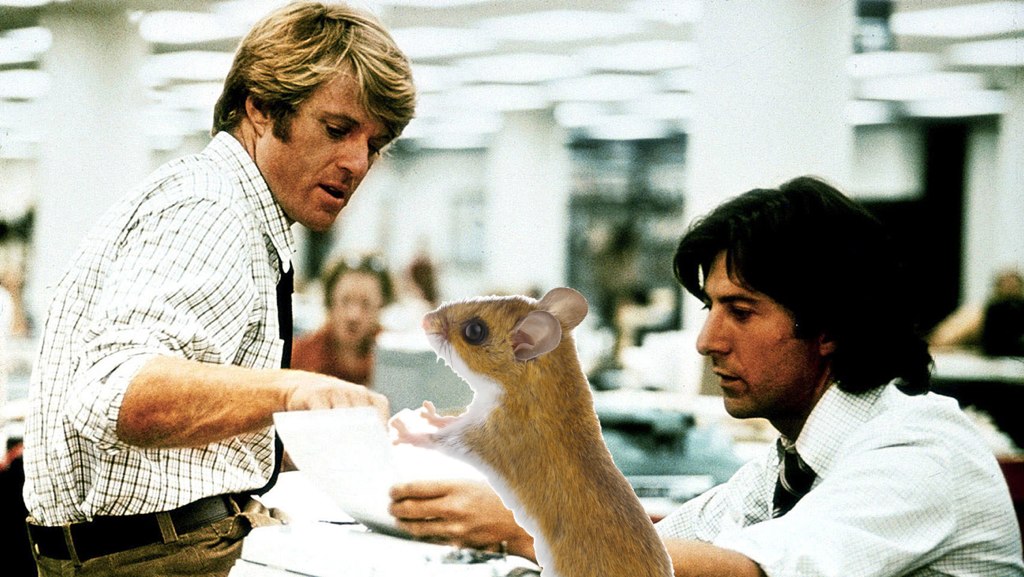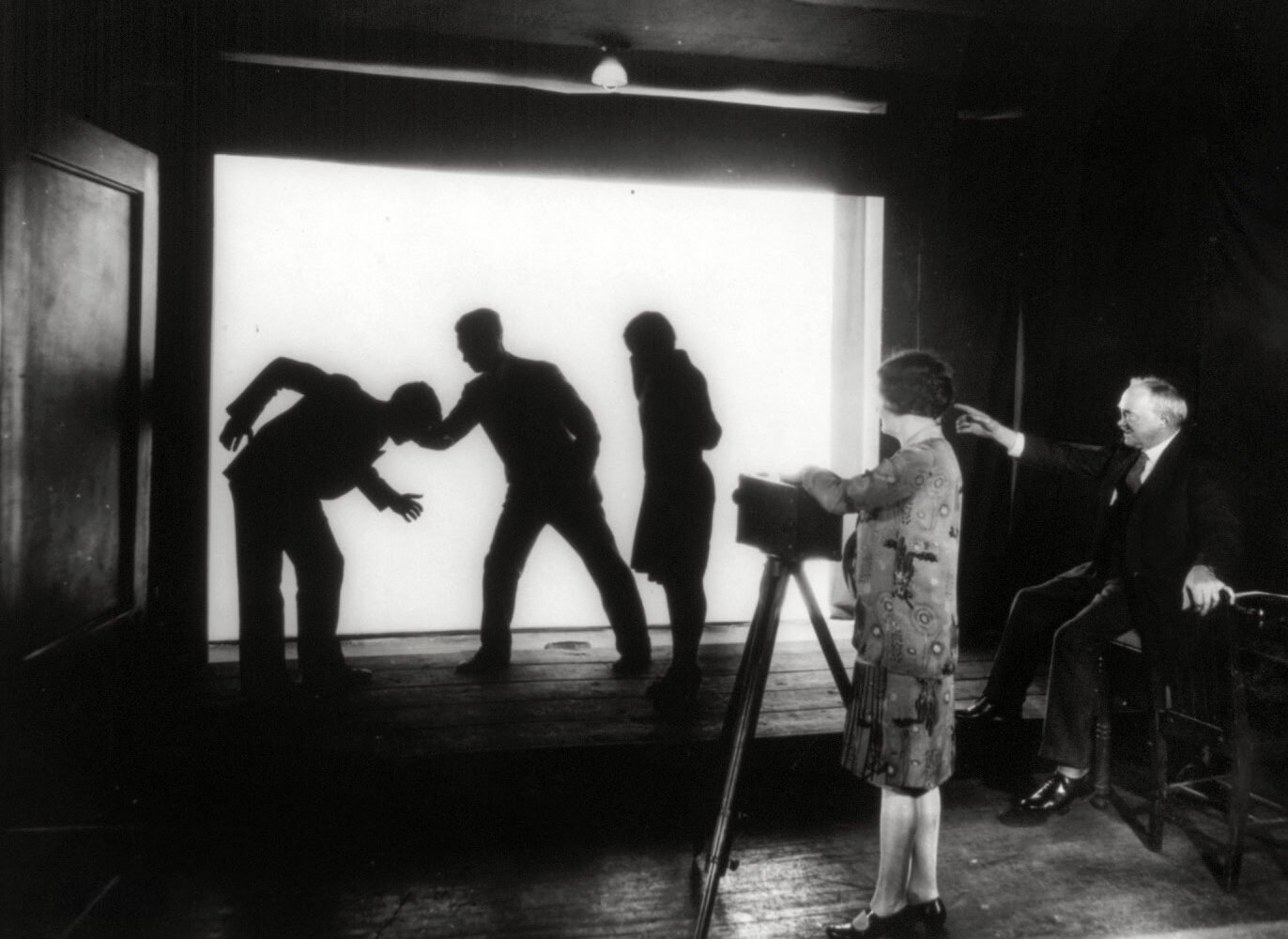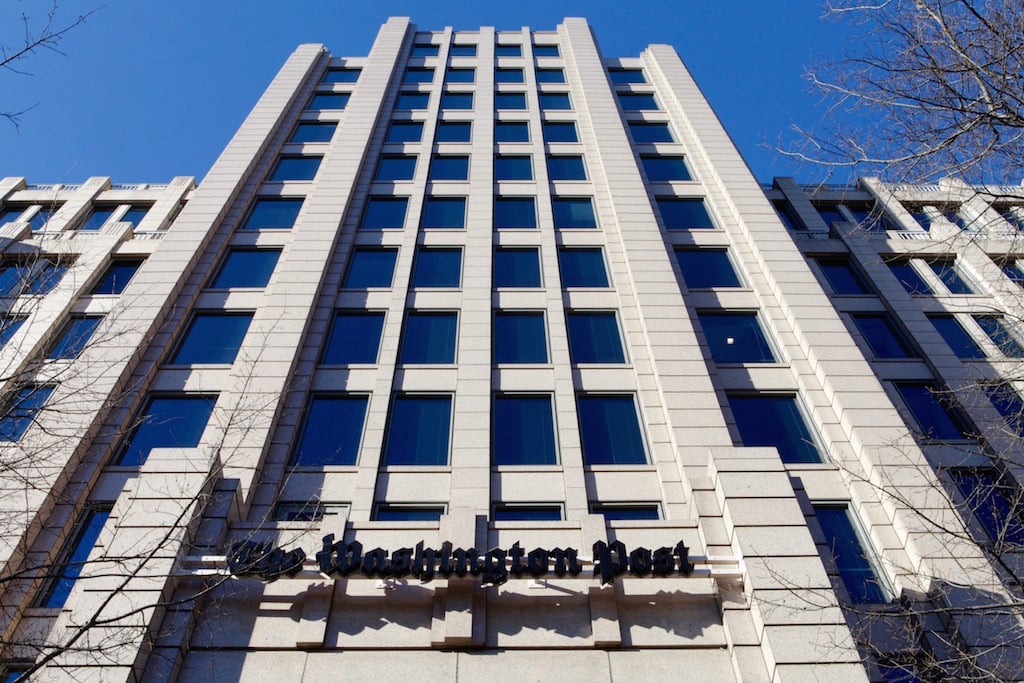The Washington Post‘s new building boasts many amenities, including upgraded desks and a handy (if slightly prison-gym-like) bike room. But as anyone who’s moved knows, sometimes you take your problems with you. Like your owner’s unique taste in clothes, for example.
Or mice.
“As much as we wanted to bring cherished memories from the old building with us, I think we would all agree that the idea the mice staying behind was appealing to all,” deputy managing editor Tracy Grant told employees in an email last month, telling them the news organization has “had several mouse sightings” since moving to its new home.
To combat the problem, Grant promised more large trash containers, but she also asked for help from staffers: “I’m asking everyone to pay attention to putting uneaten food in the trash, not leaving open food out overnight and otherwise behaving here as you would at your home.”
Post employees used 6,000 packing crates to move their stuff into the new facilities, and noted urban rodentologist Robert Corrigan says it’s possible that some mice from the old building may have hitched a ride: “I have found mouse nests inside employees’ old shoes stored beneath desks as well as the pockets of forgotten coats, both of which get thrown into the plastic tubs in the rush of moving day,” he writes in an e-mail. Furniture can also host stowaways, Dr. Corrigan tells Washingtonian.
One way to know, he suggests, is that if sightings are relatively few (less than six total), there’s a “high possibility” they made their way to Franklin Square from the Post’s old home on 15th Street, Northwest. But, he says, if mice have been spotted in multiple areas, especially multiple floors, it’s “definitely NOT immigrant mice”–those interlopers were there when the Post moved in. BUT! “The exception would be if the old office building had a VERY bad mouse infestation when the tenants moved, and so it is possible relatively many mice also moved.”
Washington Post spokesperson Kris Coratti tells Washingtonian there is “No hard evidence to speak of” that sightings have declined since Grant sent the memo, and yet a survey of my Post contacts failed to turn up anyone who’d actually spotted a mouse. (If you see one, please try to get a photo and e-mail it to me.)
Any victories against mice may prove fleeting, Corrigan says. In this part of the US, “the house mouse exists in some level in virtually every office building, school, eatery, grocery store, bodega, apartment complex, etc. etc.” He continues:
The house mouse is, in fact, the 2nd most successful mammal on Earth. It didn’t get to that prestigious standing among all mammals on Earth without having something going for it in adaptation and rapid “species expansion” ability). And, we as humans are much more “in touch” with the mouse at home and at play and at work whether we know it not, or like it or not, than we are to our cats and dogs.
Here’s Grant’s memo.
All,
We’ve now been in our new home six weeks and we’ve had several mouse sightings. As much as we wanted to bring cherished memories from the old building with us, I think we would all agree that the idea the mice staying behind was appealing to all. But the reality is, if a population of 700 people leaves food out, we will have mice. I realize that some of the problem centers on not having enough large trash containers on the floors and that problem will be remedied next week. So. I’m asking everyone to pay attention to putting uneaten food in the trash, not leaving open food out overnight and otherwise behaving here as you would at your home.
I thank you, even if our furry friends don’t.
T

















